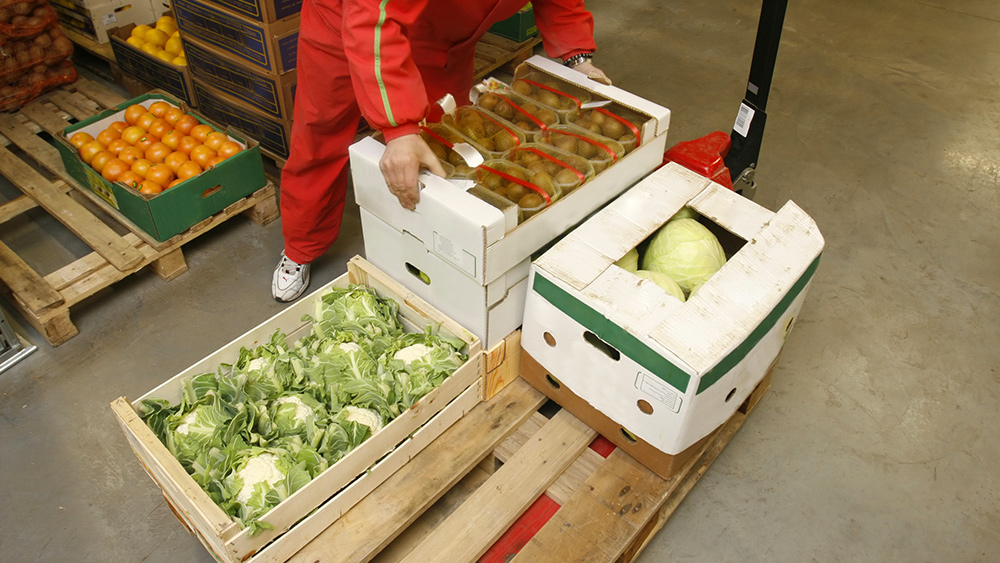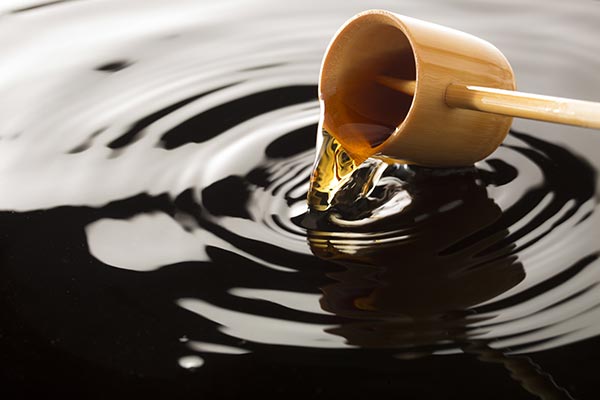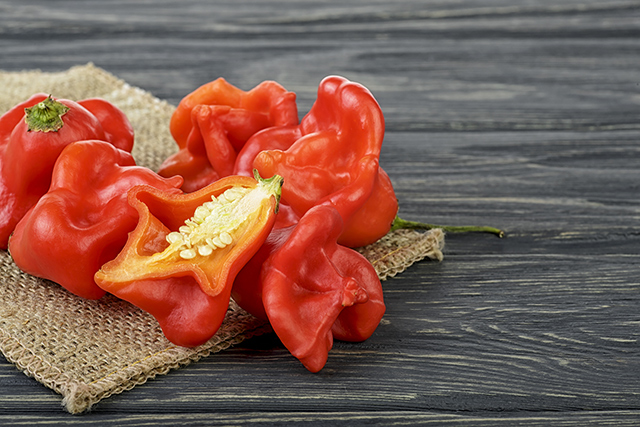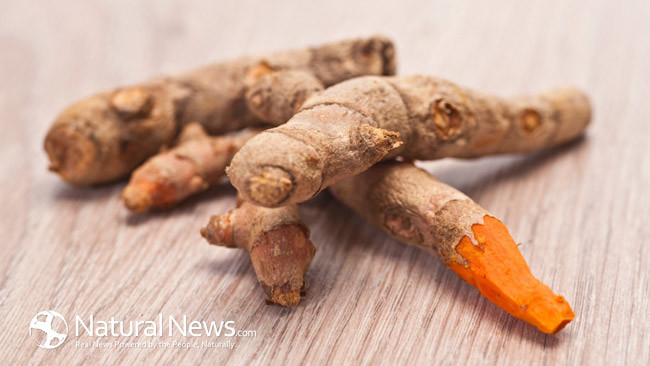Possible food applications of aromatic litsea essential oils
10/06/2020 / By Evangelyn Rodriguez
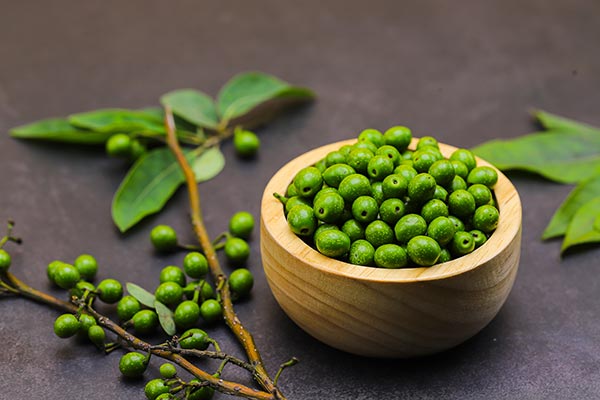
Aromatic litsea (Litsea cubeba), also known as may chang, is an evergreen shrub cultivated commercially in many countries, particularly in China, Japan and Indochina, for its essential oil. It is also a good source of food flavoring and timber and is widely used in traditional medicine.
The essential oils derived from aromatic litsea have several beneficial properties, such as antimicrobial, antioxidant, antiparasitic and insecticidal activities. In a recent study, researchers at the Technical University of Munich in Germany reviewed the chemical composition of aromatic litsea essential oils and the biological activities of their active constituents.
The researchers discussed their findings in an article published in the Journal of Essential Oil Research.
Aromatic litsea essential oil(s) as a natural preservative
According to the researchers, two chemotypes, or chemically distinct identities, of aromatic litsea essential oil exist: One is dominated by the active components, citral and limonene, while the other one is dominated by citronellal.
Aromatic litsea essential oils exhibit broad antimicrobial activity against bacteria and fungi, with minimum inhibitory concentrations (MIC) ranging from 0.5 to 2,500 mcg/mL. Researchers attribute their antimicrobial activity to the monoterpene citral, which has an MIC of 50 to 1,000 mcg/mL against bacteria and fungi.
Based on literature, Pseudomonas aeruginosa is the most resistant bacterium against citral. Reports suggest that the compound has MIC values above 1,000 mcg/mL when tested against P. aeruginosa.
At biocidal concentrations, citral affects the structure of the bacterial cell membrane and cell respiration, causing rapid energy depletion and cell death. In contrast, limonene exhibits insignificant antimicrobial activity, and its MIC ranges from one to 20 mg/mL.
Because of the biological activities of their active component, citral, aromatic litsea essential oils have been extensively studied for their potential food applications. The researchers said that these essential oils have shown promising results as natural preservatives for fresh produce and fruit juices. (Related: Essential oils could be used as a natural preservative for bread.)
Other uses of aromatic litsea essential oils
Aromatic litsea essential oils are extracted from the roots, stems, leaves, flowers and fruits of the L. cubeba plant via steam distillation. According to a study by French and Vietnamese researchers, the chemical compounds found in essential oils derived from different parts of the same aromatic litsea plant vary in chemical composition.
For instance, oils extracted from the fruits of aromatic litsea are rich in citral, while the oils extracted from its leaves are rich in 1,8-cineole, or eucalyptol. Other compounds that can be found in aromatic litsea leaf essential oils are citral, sabinene and a-pinene, all of which have known antimicrobial activities.
According to scientists, one of the most peculiar properties of aromatic litsea essential oils is their insecticidal activity. Several studies have found that these natural products can repel different types of insects, such as the damaging cabbage looper (Trichoplusia ni), the wood-eating Japanese termite (Reticulitermes speratus), the dengue-causing mosquito (Aedes aegypti) and the red flour beetle (Tribolium castaneum), which is a worldwide pest of stored food products, especially grains.
Researchers have also found that aromatic litsea essential oils have nematicidal activities, meaning they can kill certain nematodes that act as plant parasites. Aromatic litsea essential oils are particularly effective against the pinewood nematode (Bursaphelenchus xylophilus), which is known to cause pine wilt disease. Pine wilt disease is one of the most devastating forest diseases in East Asian and West European countries.
Aromatic litsea essential oils are some of the most useful natural products on the planet. Thanks to their abundance of bioactive components, these oils can be used as antimicrobial, insecticidal and nematicidal agents. The effectiveness of citral — one of the main active compounds in aromatic litsea — against bacteria that cause food spoilage also makes aromatic litsea essential oils great natural preservatives for fresh food products.
Some common herbs and spices used in the kitchen can also prolong the shelf life of foods. Get to know these versatile ingredients at Herbs.news.
Sources include:
Tagged Under: alternative medicine, antibacterial, Antifungal, aromatic litsea, citral, essential oils, Food Preservation, food science, insecticidal, limonene, may chang, natural antibiotics, natural medicine, phytonutrients, remedies, research
RECENT NEWS & ARTICLES
COPYRIGHT © 2017 FOOD SCIENCE NEWS


